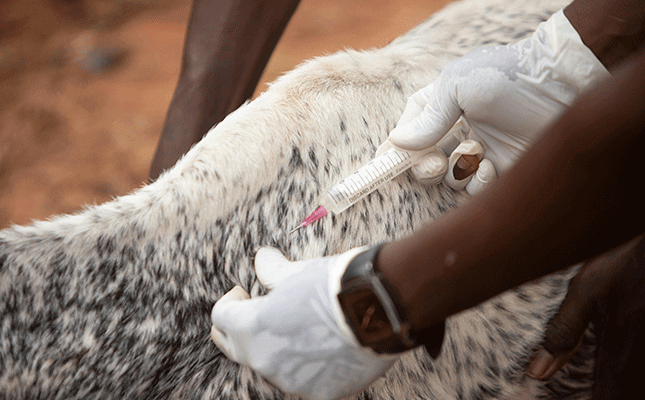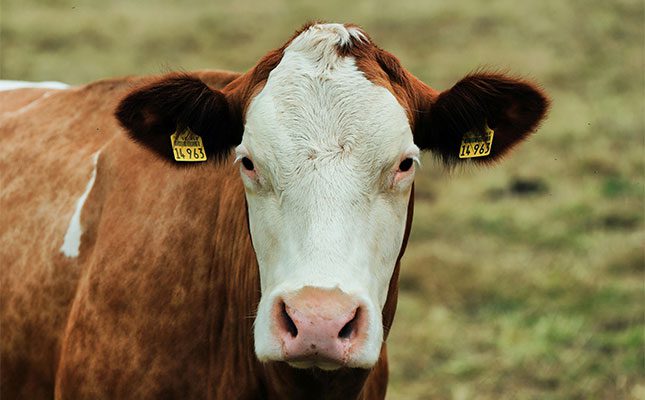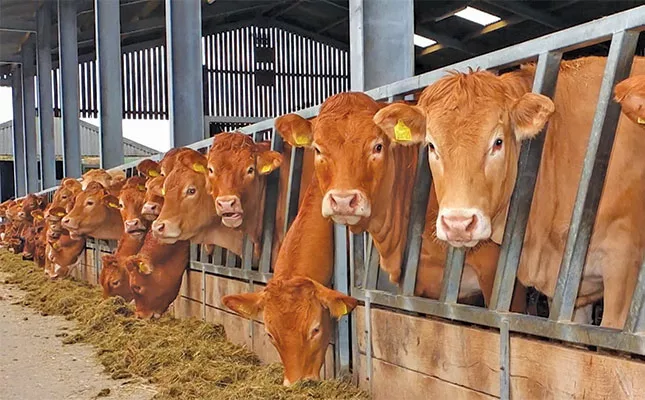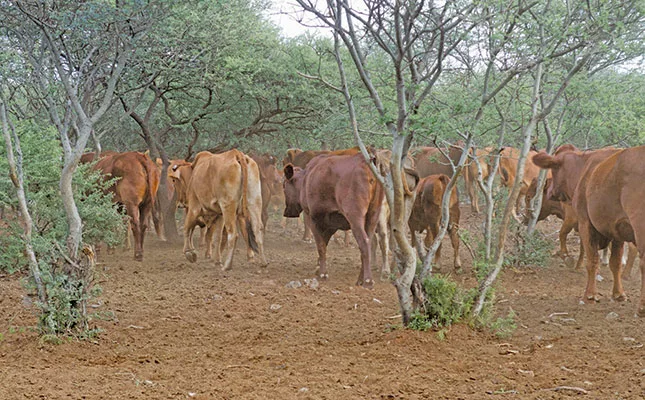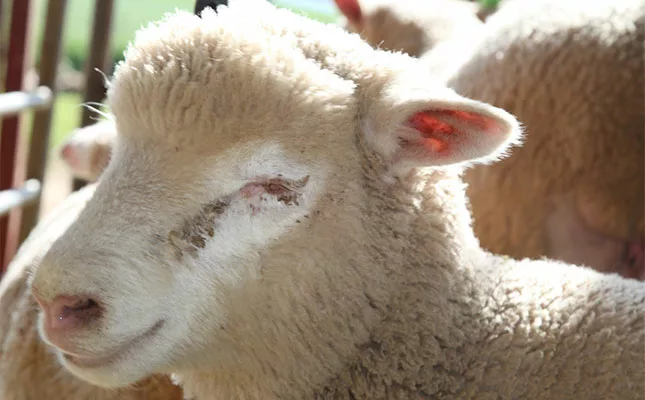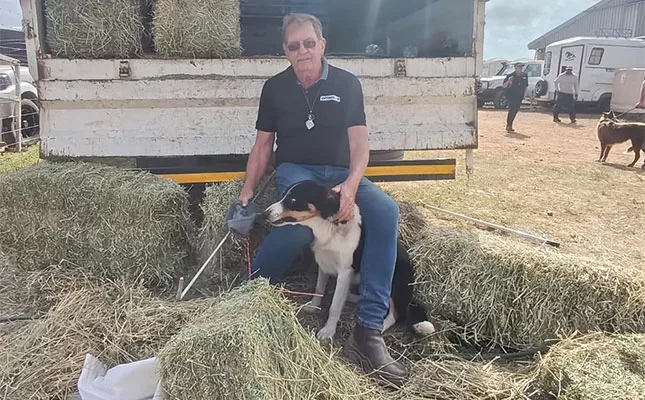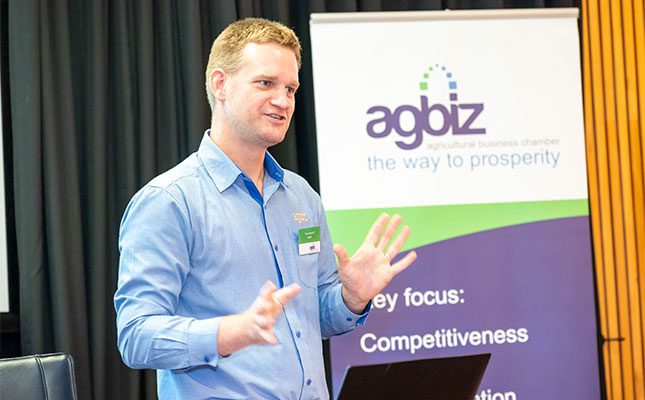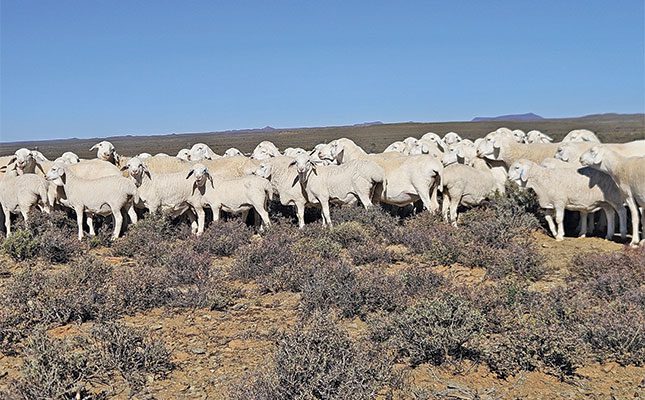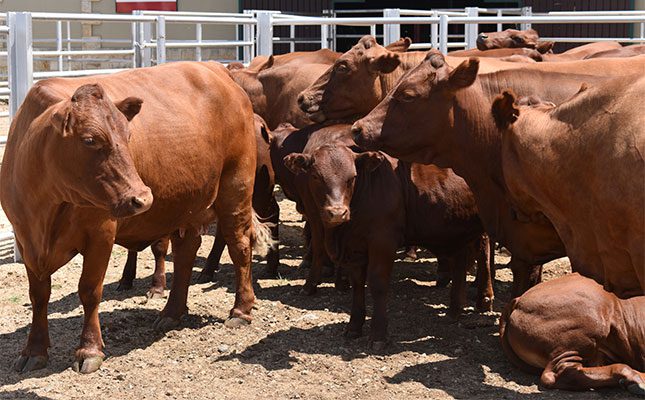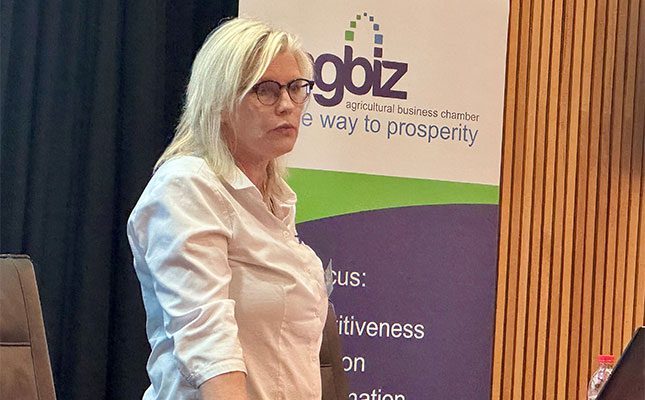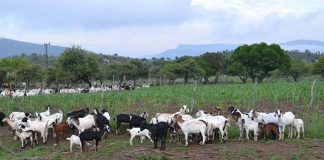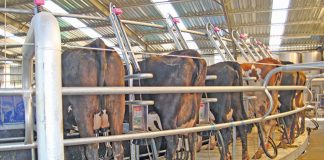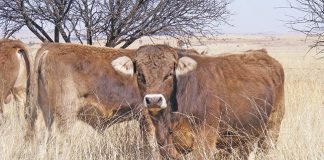“Every rand after the [livestock auction] price is a premium,” says renowned international show judge PJ Budler.
He was raised on a fifth-generation cattle operation in South Africa and relocated to Texas, US, in 2012. Today, he is the international business manager at Trans Ova Genetics.
Speaking to Farmer’s Weekly, Budler said value could be built through phenotype, pedigree, breeding values, raw performance data, or show records, and this applied across breeds. Buyers with different objectives weighed each of these tools differently.
“Show ring success is still a premium indicator for a lot of buyers; however, there are many competing tools today. There is a lot of diversity in how buyers establish value. Phenotype certainly still plays a large role, as do estimated breeding values, genomics, raw data, pedigree, and show success,” he explained.
According to Budler, local or regional shows could still meaningfully boost the value of animals for smaller or emerging breeders in South Africa who might not have easy access to major shows.
“Local shows can be hugely valuable for new and established breeders. Whether focused on breeding or terminal cattle, these shows help showcase breeders’ programmes to their immediate prospective customer bases.”
He added that breeders should keep the costs and risks in mind when preparing animals for a show and weigh them up against the likely return in added value.
“There is a great deal of time, talent, and treasure that goes into preparing cattle for shows. Transport, labour, feed, hotels, and marketing material can add up quickly.
“If the event is well attended, well documented, and broadcast on TV or online, it can pay off handsomely. If the cattle are not prepared or presented correctly, or if their quality is inferior, the benefits can be limited,” he said.
Looking to the future, Budler said livestock shows would remain valuable and relevant if the cattle were evaluated to industry-standard measures and traits.
“Every industry needs a show. Boats, vacuum cleaners, lawnmowers, and livestock included. It’s the ideal way to bring a product to the prospective market. Designing the product to meet the market makes the endeavour worthwhile,” he explained.
According to Ian Grobbelaar, stud cattle auctioneer at Vleissentraal, livestock shows provided a good benchmark across herds.
“[Shows] also offer good exposure for smaller breeders, but they don’t necessarily offer a direct premium for auction animals. Show winners don’t necessarily fetch premiums at auctions, because stud breeders look for specific characteristics, such as pedigrees, bloodlines, and fertility. These traits are judged visually at shows.
“Animals that perform well at national or regional shows can command significant premiums over comparable non-show stock, thanks to the visibility, marketing, and perceived quality such titles convey,” he said.
But the financial rewards aren’t always guaranteed. Preparing animals for competition demands a major investment in time, feed, and expertise.
Show-winning genetics
John Devonport owns Devlan Limousins, a well-known stud located on the farm Water’s Edge in Mpumalanga. Established in 1991, Devlan Limousins’ most recent award was for Devlan Kelly DL 21 156 at Nampo Alfa 2024, where the cow won South African Champion of Champions. It was judged by Budler.
Buyers were investing in the genetics of show-winning animals, and it had very little to do with the prestige of the title itself, Devonport said.
“Winning shows definitely enhances the value of the individual animal, the breeder, and your breed’s reputation. The breeders are also getting rewarded for their hard work and breeding programmes,” he added.
Devonport said preparing livestock for shows required significant investment, and breeders needed to weigh up these costs against the potential returns in sales and breeding contracts.
“One must identify young potential show winners at weaning, put them aside, and give them extra feed. Many young animals don’t make it and must be withdrawn from the show string, which adds to the cost of preparing your show string. Sometimes you strike it lucky, and it pays off, but more often than not, you don’t do so well.
“To add value to your herd and improve your sales value, you need a good relationship with your buyers. This can be achieved by visiting your customers’ farms and advising them of the benefits of your breed and understanding their needs, and how the bulls you are supplying are adding value to their herds,” he concluded.

